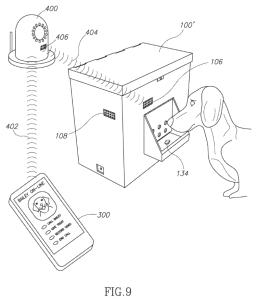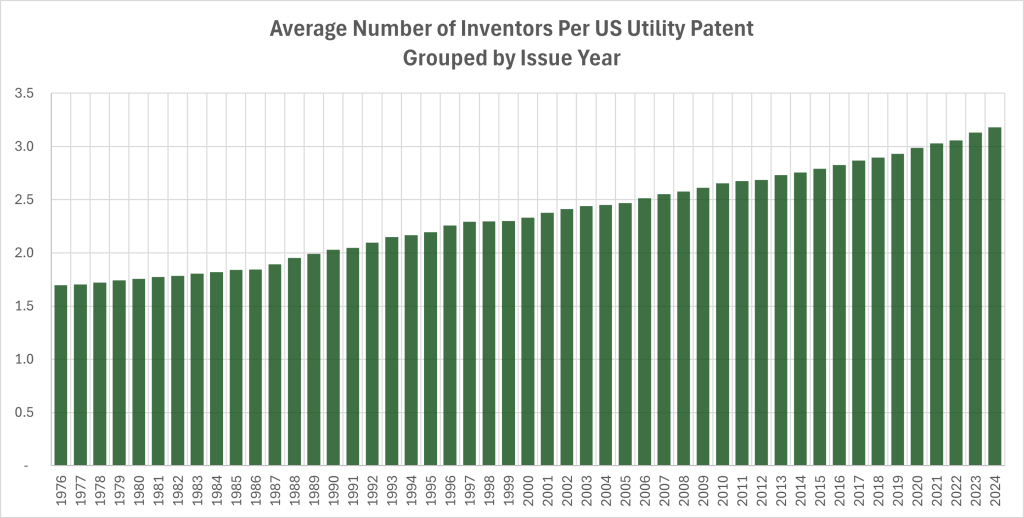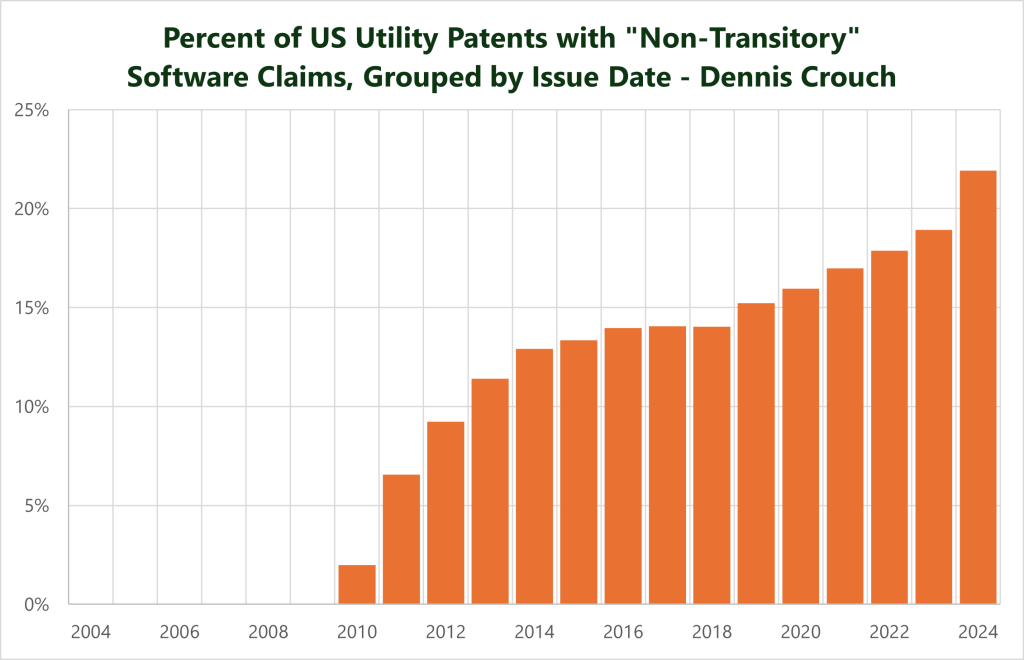by Dennis Crouch
This is a post about damages expert testimony and the pending en banc case of EcoFactor v. Google. But, before delving into those details I wanted to first provide a personal anecdote -- my experience with expert witnessing.
My personal experience with expert witnessing has been quite limited but instructive. While expert witnesses are charged with providing truthful and complete testimony, they are inevitably selected and compensated based upon their predicted ability to support a particular party's position. Although my compensation wasn't directly contingent on favorable testimony, I recognized that future engagements would depend on my perceived effectiveness as an advocate. I started getting an icky feeling - a strong tug on my conscience. I particularly recall the internal pull to shade the truth in the client's favor and even began to think of the client as "my client." That is an ethical problem. The expert witness is expected to serve as an independent advisor to the court, providing objective analysis based solely on the facts and their expertise. This fundamental tension between duty to the court and financial incentives ultimately led me to step away from expert witnessing entirely. If I'm going to be a "hired gun," I want to do so as the attorney where my ethical duty is to side with my client rather than as a quasi-objective expert witness.
While most expert witnesses are not attorneys, the modern American expert witness system essentially places compensated advocates on the stand. The folks who are hired to testify are great at testifying. I like the quote I found in a Unified Patents brief from a century ago where P.G. Wodehouse captured this reality in Mike and Psmith: "He was rigidly truthful, where the issue concerned only himself. Where it was a case of saving a friend, he was prepared to act in a manner reminiscent of an American expert witness." In the quote, Wodehouse suggests that an expert witness's testimony, while technically under oath, may be shaped more by allegiance to the retaining party than by rigid adherence to objectivity.
To continue reading, become a Patently-O member. Already a member? Simply log in to access the full post.


